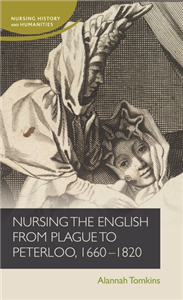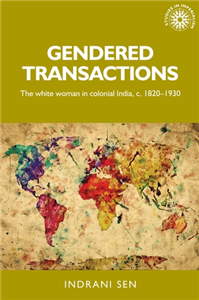Drugs in Pregnancy and Lactation
Guidelines for physicians and pharmacists
by Prof. Dr. Klaus Friese, Prof. Dr. Klaus Mörike Prof. Dr. Gerd Neumann and Dr. Wolfgang E. Paulus
The risks in connection with the unborn child and infant when prescribing and dispensing medicinal products are adequately known. However, a sound knowledge of safety issues and precise recommendations – rather than the blanket forgoing of medicinal treatment – is crucial for providing expert, professional advice. To meet this special responsibility, a reliable source of information is essential. The now ninth edition of this standard reference work provides the necessary professional knowledge not only for all physicians and pharmacists who wish to support their pregnant and breast-feeding patients through competent advice, but also for midwives: - Information about embryonal development and developmental disorders - Well over 1000 drug substances with all important medicinal products, assessed individually - Classification according to FDA and ADEC - Differentiated risk assessment, based on current literature - Personal recommendations of the experienced and well-known team of authors from the realms of gynaecology, paediatric medicine and clinical pharmacology. The new edition contains many new assessments from current studies.





























